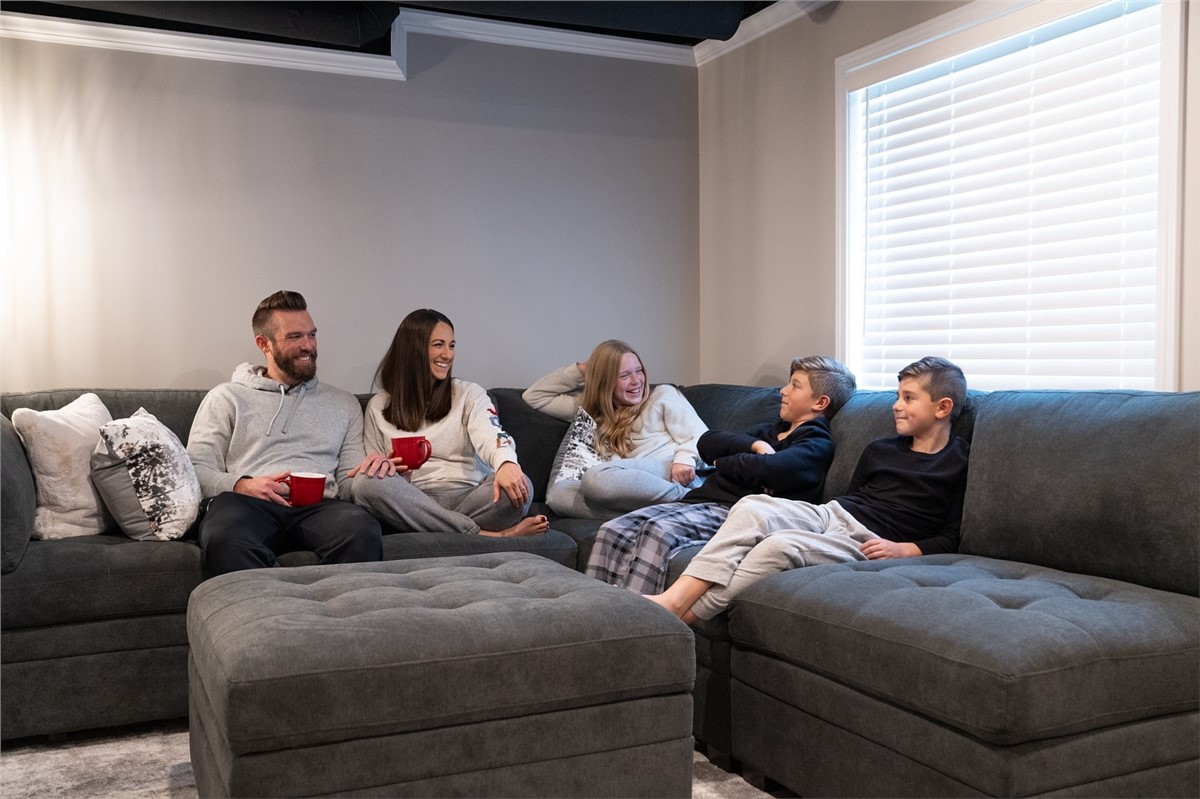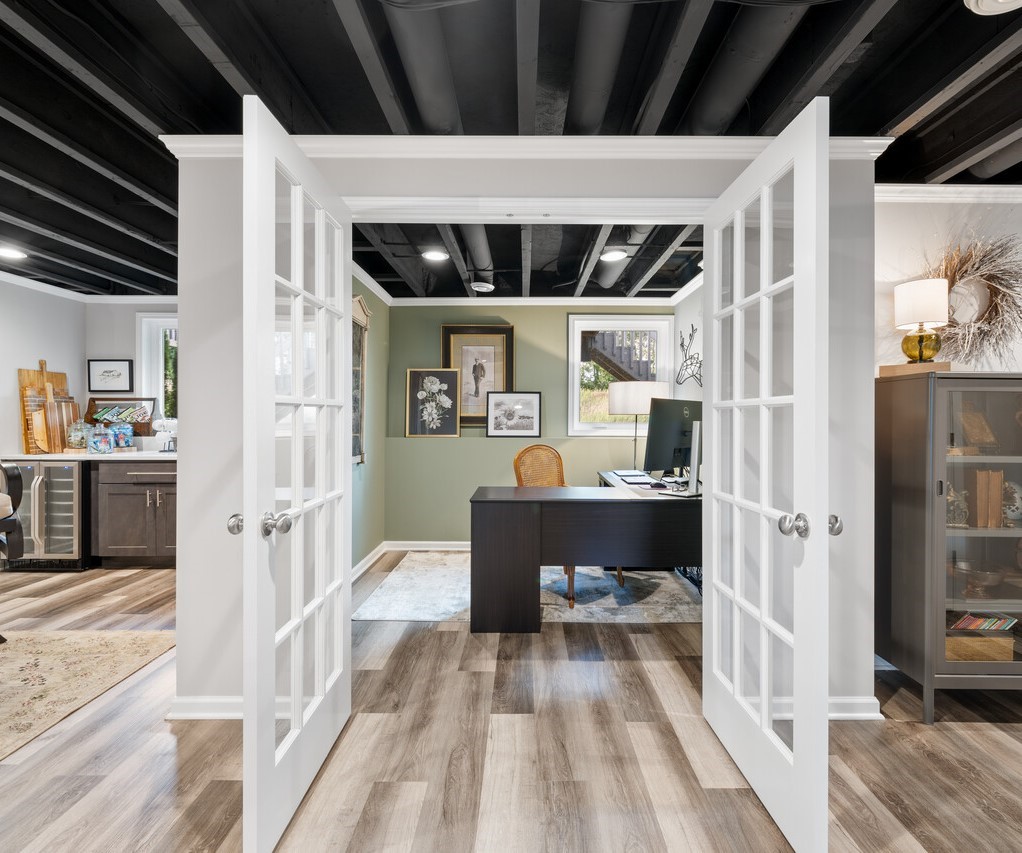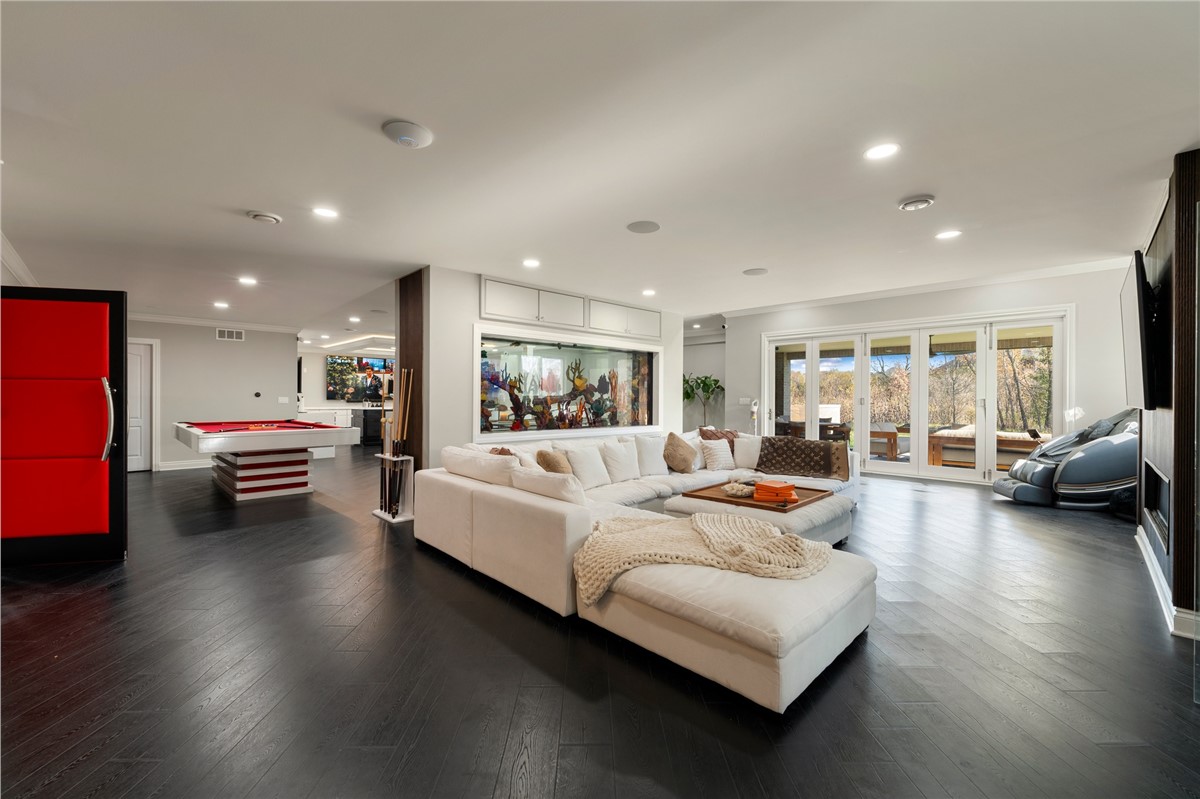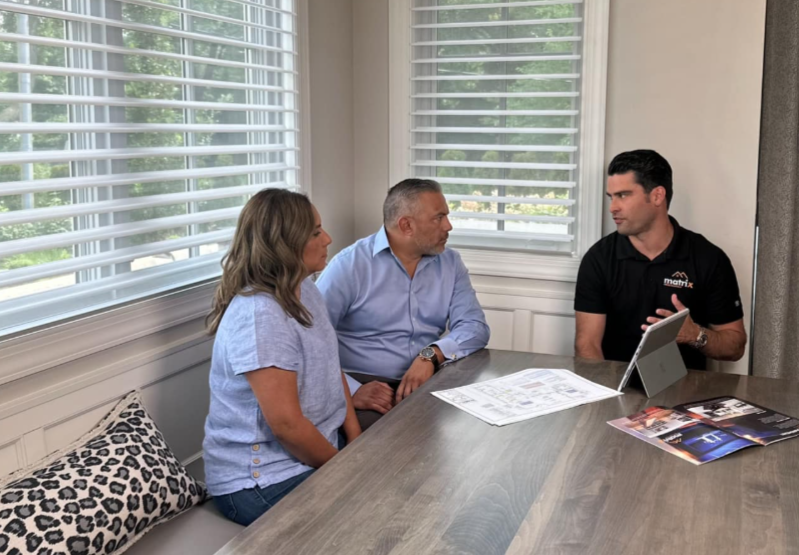You all know the story of the three little pigs. The first little pig built his house of straw. But the wolf came along, and he huffed and he puffed, and he blew the house down. The second little pig suffered a similar fate after building his house of sticks. But the third little pig was clever. He built his house of bricks and outwitted the evil wolf. Now if you thought the story ended there, think again!
The basement saga, according to the three pigs
After the trauma with the wolf, the three little pigs moved into the strong brick house together. But it was a little crowded, so they decided to finish the basement to create more living space. First, they called a contractor who built with drywall and studs. It was reasonably priced, and the builder seemed nice, so they went ahead. As work got underway, the job became loud and very messy. Workers traipsed in and out all day, and dust flew everywhere. Eventually, after framing, hanging drywall, taping and painting, the project was done, and the basement did look good. But not everything was as it seemed.
The three little pigs immediately noticed how cold it was in the basement. There were a lot of gaps in the walls and no insulation. After a year of enduring the cold, the pigs went on vacation to sunnier climes. When they returned, the basement was flooded! The drywall—a paper product—had swelled and grown moldy too.
One little piggy began to feel ill: he was highly allergic to mold. The basement grew even colder, since drywall loses its R-value when wet. The lumber behind the drywall bowed. And the evaporator coils of their air conditioning unit turned black. It was a disaster.
After a little investigation, the three little piggies discovered the contractor had used drywall from China. The piggies were not happy. Their only consolation came later in 2012, when Chinese drywall was banned in the United States. Thankfully, it wasn’t only the three little pigs who had become disenchanted with drywall. Others had too - so new products were developed. The piggies decided to investigate.
The evolution of basement finishing
They weighed up their options. First, there was the thermal décor panel system - but with a costly installation process and rigid track system, the three pigs decided against it. Then they considered a fiberglass soft panel system, which was quicker, easier and less messy to install than traditional drywall. But this option was problematic too! With a seam fastener at every four feet, it reminded the piggies of office cubicles. They couldn’t paint it, and they couldn’t hang their flat screen TV on it. And if the panels got wet, they would grow mold and would need to be replaced. The three piggies scratched their heads: there must be another way!
Soon they discovered an alternative: a wall panel system made of 4x8 ft panels. Each panel was made of two ¼-inch magnesium oxide skins, sandwiching a 3-inch layer of closed-cell foam. They slid into aluminum runners and connected with special tape to look as seamless as like drywall. The three little piggies had struck gold!
They soon discovered yet more benefits. It was eco-friendly, had an R-value of 18 and was fully waterproof - not to mention fire, mold, and mildew resistant. And, best of all, it could be painted or wallpapered, with the strength to hang anything - including their beloved flat screen TV! With two electrical raceways built into each panel, adding electronic devices was easy.
So the three little piggies set to work right away. They ordered the panels directly from the manufacturer - Matrix Basement Finishing Systems - and asked them to fit them too. Finally, their house was complete! They all relaxed in their brand new basement space, poured a glass of wine and raised a toast to Mr Wolf. After all, if it weren’t for his antics, they wouldn’t be blessed with a first-rate basement!
Subscribe to Matrix Basements's Blog







Comments